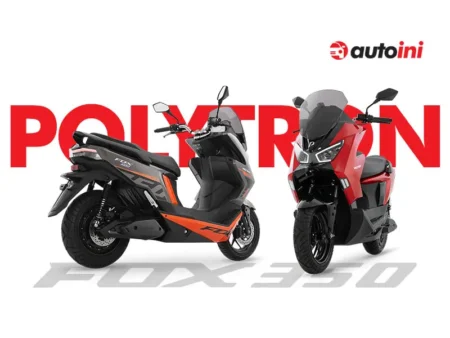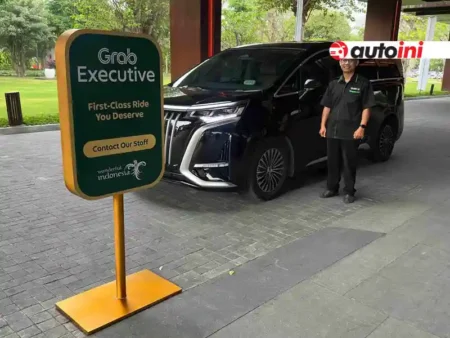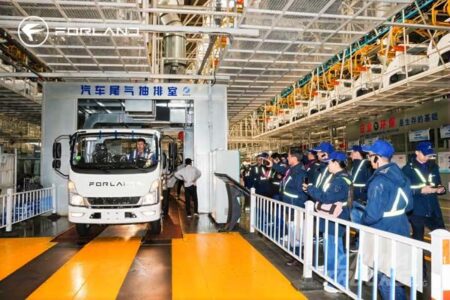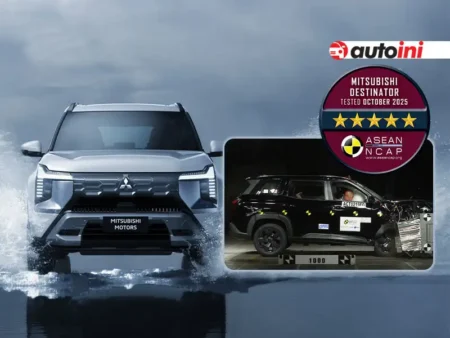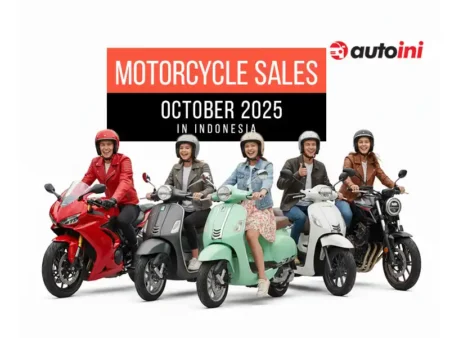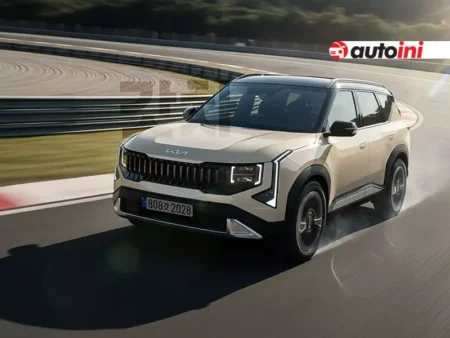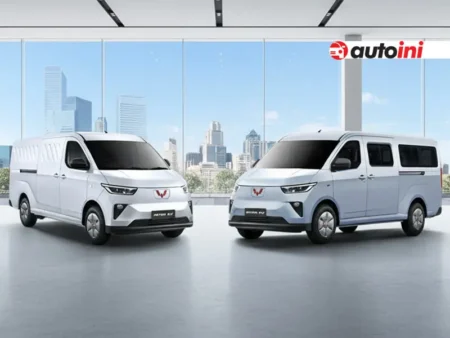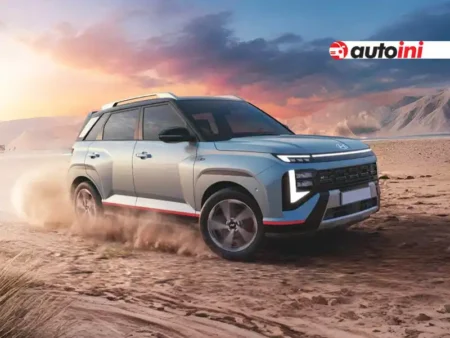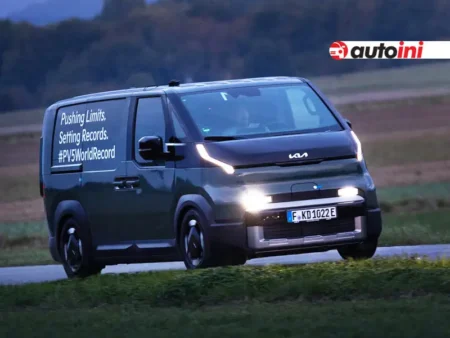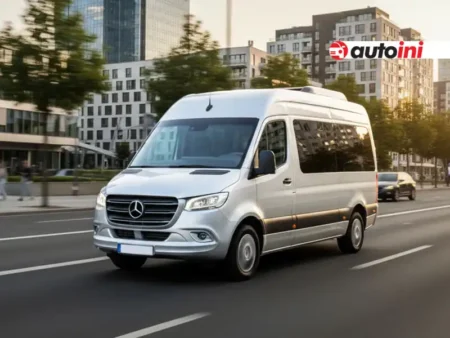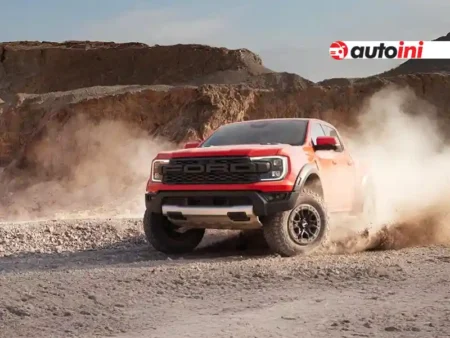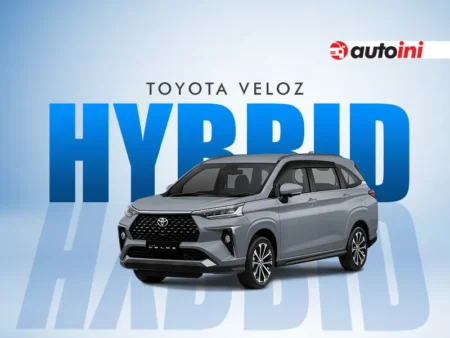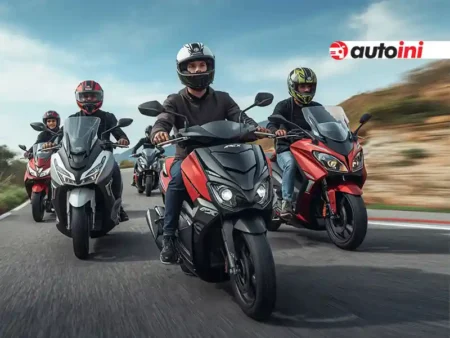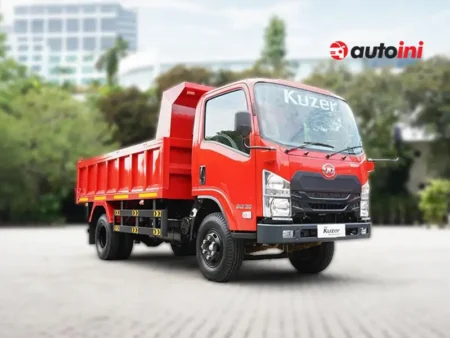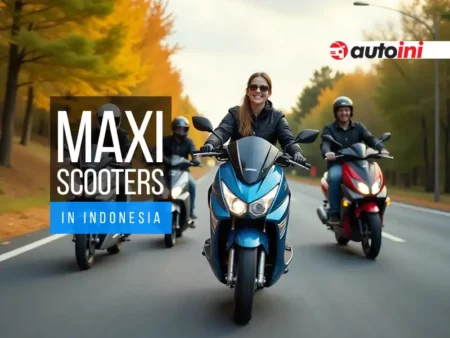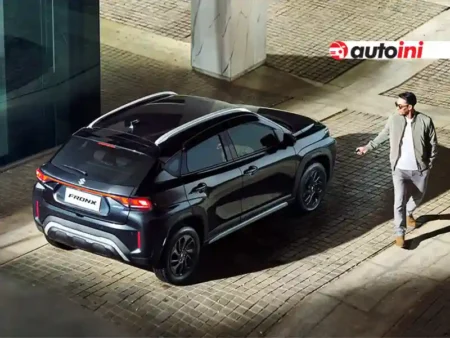Government shifts focus from imports to local production as new EV incentive rules start January 2026.
Autoini.com – Indonesia’s electric vehicle (EV) market is evolving fast. After years of generous import-based subsidies, the government is now reshaping its incentive structure to push local production. The key question for both buyers and automakers is simple: will the electric car incentive Indonesia continue in 2026? The answer is yes—but with major changes that prioritize domestic manufacturing and higher local content.
What Happens to Current EV Incentives?
As officially announced, Indonesia’s government will end import-based EV incentives on December 31, 2025. This includes exemptions on import duties, luxury goods tax (PPnBM), and reduced Value Added Tax (VAT) for Completely Built-Up (CBU) imported electric cars. These policies helped lower EV prices and attract brands like Hyundai, Wuling, and BYD to the local market.
Starting January 1, 2026, incentives will continue only for electric cars that are produced or assembled locally and meet the minimum Domestic Component Level (TKDN) requirement of 40%. Vehicles meeting this threshold will still enjoy a reduced 1% VAT rate—a key benefit helping maintain affordability for locally made EVs.
Transition Timeline of Electric Car Incentive Indonesia
| Period | Policy Focus & Key Requirement | Main Benefit |
|---|---|---|
| Until Dec 31, 2025 | Import-based incentives (CBU EVs) Includes import duty, PPnBM, and VAT reduction | Up to 10% lower price on imported EVs |
| Jan 1, 2026 – 2029 | Local production-based incentives Minimum 40% Domestic Component Level (TKDN) | 1% VAT for qualified locally made EVs |
| 2027 – 2029 | Rising domestic content requirement Minimum 60% TKDN | Extended tax reliefs for compliant models |
| 2030 onward | Full localization target Minimum 80% TKDN | Priority incentives for export-ready EVs |

Why the Government is Shifting Focus
The new incentive structure aligns with Indonesia’s EV Roadmap 2030, which aims to transform the nation into a regional electric vehicle hub. By tightening the local content rules, the government intends to strengthen the EV supply chain—from battery production to assembly—using the country’s abundant nickel reserves as a foundation.
According to the Ministry of Industry, this policy ensures that incentives not only boost sales but also create long-term economic value and local employment. In other words, the focus is moving from “import and sell” to “produce and grow.”
ALSO READ
Used Electric Cars Indonesia – Affordable EV Options
How Automakers Are Responding
Leading automakers are already adapting to these new rules. Hyundai, Wuling, and BYD have confirmed continued investments in their Indonesian plants to maintain eligibility for the incentives. These companies, along with Japanese and Chinese brands like Toyota, Neta, and Chery, are expanding their local assembly lines and battery manufacturing partnerships.
Combined, these initiatives are valued at trillions of rupiah and expected to create thousands of new jobs. Industry analysts predict that by 2026, over 60% of EV models on sale in Indonesia will be either locally assembled or contain substantial local components.
Impact on Buyers and the Market
For consumers, the shift brings both opportunities and challenges. Imported EVs may become slightly more expensive as the CBU-based incentives expire. However, locally produced models will continue to benefit from the 1% VAT and other tax reliefs, helping keep prices competitive.
In the long term, the government’s strategy is expected to make EVs more affordable and accessible, as local production scales up and component costs fall. Buyers planning to purchase an EV in 2026 should look for models that meet the 40% TKDN threshold to maximize benefits.

Indonesia’s Roadmap to 2030: Building a Sustainable EV Ecosystem
Indonesia aims to dominate Southeast Asia’s EV market by 2030, not just as a consumer market but as a production hub. With planned TKDN targets rising to 60% by 2027–2029 and 80% from 2030 onward, the country is sending a clear signal to investors and automakers about long-term stability and opportunity.
This roadmap complements broader goals of reducing carbon emissions and optimizing the use of domestic mineral resources. As EV adoption grows, infrastructure development—such as charging stations and battery recycling facilities—will be crucial to sustain momentum.
ALSO READ
Wuling Cortez Darion 7-Seater EV and PHEV MPV starts Rp 356 Million
Key Takeaways
- Import-based EV incentives end on December 31, 2025.
- From 2026, incentives apply only to locally produced EVs with at least 40% TKDN.
- VAT will remain at 1% for qualifying models.
- TKDN targets rise to 60% by 2029 and 80% by 2030.
- Manufacturers like Hyundai, Wuling, and BYD are investing locally to stay eligible.
- Buyers should look for locally made EVs to enjoy continued price advantages.
FAQs
Will the electric car subsidy continue in Indonesia after 2025?
Yes, but only for locally assembled or produced EVs with at least 40% TKDN. The import-based subsidy will end on December 31, 2025, and incentives will shift to support domestic production.
How will the EV import incentive changes affect car buyers?
Imported EV models may become more expensive from 2026 due to the removal of import duty and tax waivers. However, locally made EVs will still benefit from the 1% VAT incentive, offering better long-term value.
What is the goal of the EV local production policy in Indonesia?
The government’s goal is to build a strong local EV ecosystem by increasing TKDN levels—40% in 2026, 60% by 2029, and 80% by 2030—to attract investment, create jobs, and establish Indonesia as an EV manufacturing hub in Southeast Asia.
ALSO READ
Electric Vehicle Road Trip Planning Tips and Charging Strategies in Indonesia
Conclusion
Indonesia’s electric car incentive will not disappear in 2026—it’s transforming. The government’s decision to prioritize local manufacturing over imports signals a new era for the EV industry. By linking incentives to domestic production, Indonesia is ensuring that growth benefits both the economy and consumers. For car buyers, choosing locally made EVs will offer the best value and long-term savings, while for automakers, it’s a call to invest deeper in Indonesia’s EV future.



